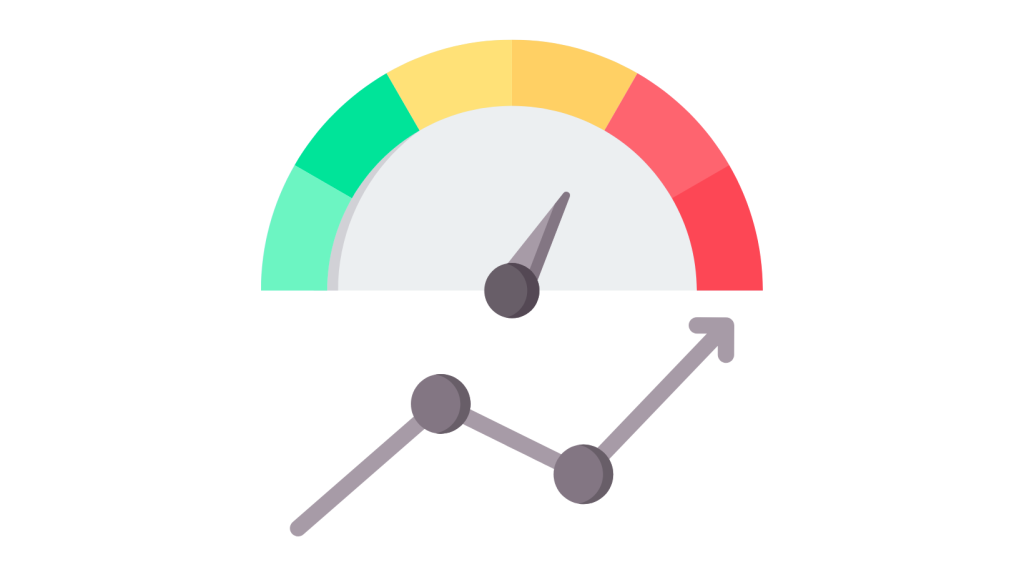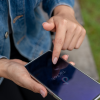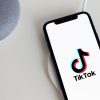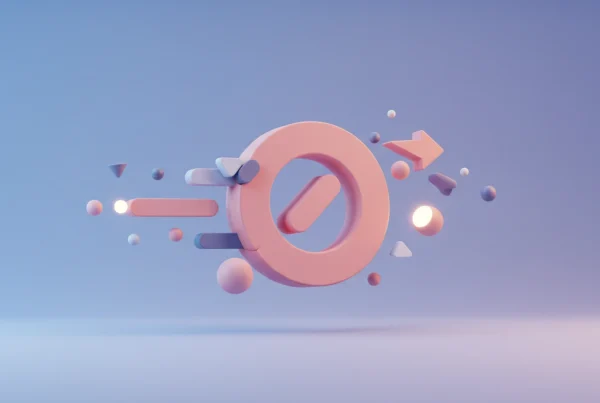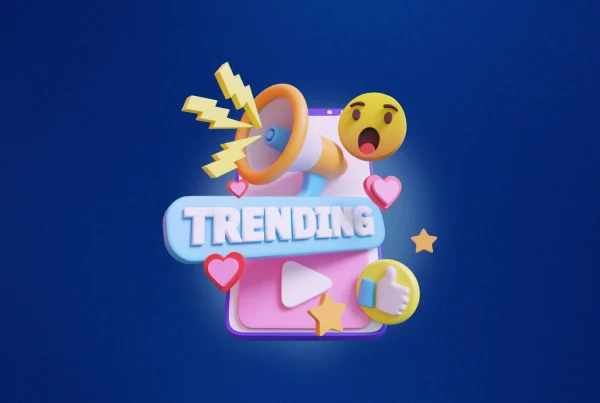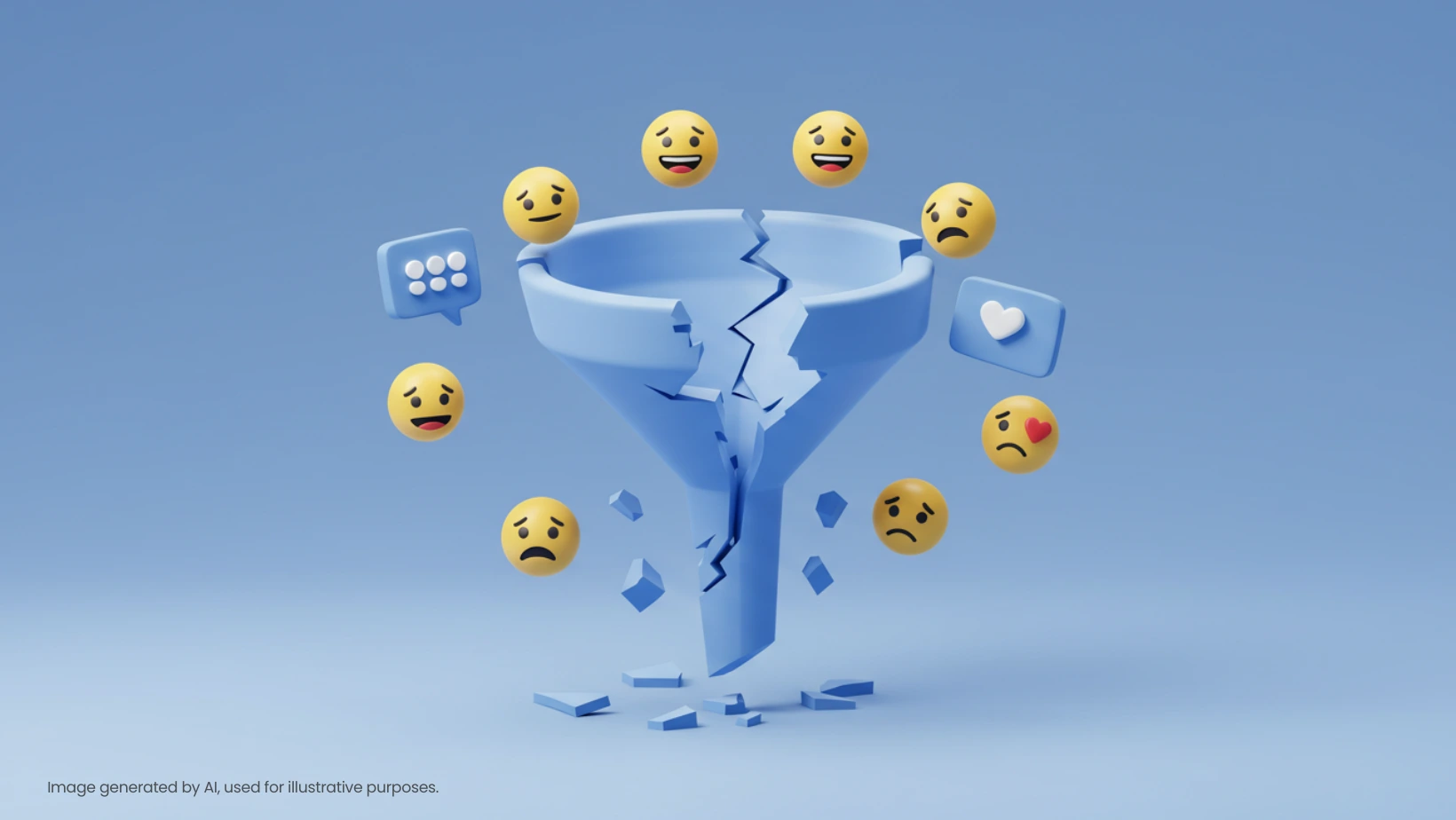
Lead generation has evolved, but most strategies haven’t.
Today’s consumers are drowning, incredibly picky, and incredibly more educated than ever. 61% of marketers name lead generation as the largest challenge, according to HubSpot.
But not because people don’t care. It’s just that brands still tend to treat leads the same way they did a few years ago.
Some brands still use long forms like interviews, use the same forms for all types of audiences, push sales too early, and even use gated content for everything.
Here’s what’s actually going wrong and what you should rethink if you want people to get involved, not back out:
1. You’re Asking Too Much, Too Soon
If you’re asking for a phone number, full name, job title, and company size in the first 10 seconds… stop.
What makes you think the people today would give you their personal details?
Also, most site visitors are in discovery mode, and they’re not ready to commit.
Strongly encouraging sign-ups, demo bookings, or long-form fills causes immediate resistance.
Think about your online behavior: do you voluntarily give your details before you can get a sense of what the brand is about?
The right way:
Start with value-first interactions. Offer something useful like a checklist, some insight into trends in your industry, or a quiz. Don’t force people to feel trapped behind a form.
This makes them feel like they’re in control, not preyed upon.
2. You’re Selling, But Not Solving
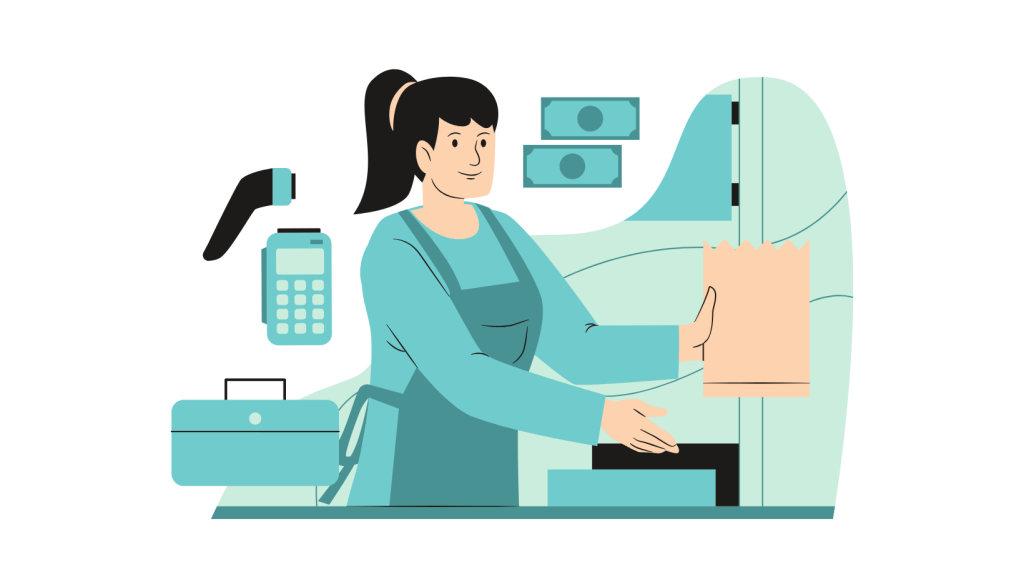 We can be honest here. Most lead magnets aren’t memorable.
We can be honest here. Most lead magnets aren’t memorable.
“Download our whitepaper” doesn’t say anything.
The content you’re sharing must solve a real, tangible problem that your audience cares about.
Promises don’t build trust. Results do.
Better framing:
Instead of “Learn to increase productivity,” attempt “Reduce your team’s turnaround time by 30% with this proven 5-step process.”
Now that’s helpful.
3. You’re Not Respectful of the Buyer’s Process
One email. One advertisement. One landing page. That’s not enough.
Individuals don’t become leads following a single touchpoint. It’s a process.
They need time to learn about your brand, resonate with your values, and find out about your offer.
Your content needs to be multi-layered: from basic “how-to” tips to full-on solution explainers to real customer testimonials.
Lead generation done properly means nurturing, not pushing.
Split your strategy like this:
- Top of Funnel (Awareness): Blog articles, videos, industry advice.
- Middle of Funnel (Consideration): Webinars, guides, solution pages.
- Bottom of Funnel (Decision): Testimonials, demos, live consultations.
Through this, you will generate traffic and build trust over time.
4. You’re Treating Leads Like Metrics, Not Humans
Automation is useful, but it’s not a substitute for real connection.
If every lead gets the same email funnel, you’re not really listening, and instead, you’re broadcasting.
People expect personalized experiences, not robotic responses.
This doesn’t mean writing 50 different emails. It means segmenting based on behavior and interests.
Example:
If someone downloaded an employee retention guide, your follow-up shouldn’t be a standard product pitch.
It should get into retention solutions more deeply, perhaps with a case study or an actionable framework they can implement today.
Be on point, timely and useful.
Lead Generation Explained: Don’tPlay With Tricks; Build Trust
The reality? People don’t mind providing their information if it seems fair.
When your brand feels real and gives value, conversion is the natural order of things.
However, it is important to remember to not use pushy language for CTAs, fake scarcity or even tiny promises.
Give people reasons to stay around. Show up with clarity, compassion, and consistency.
Final Thought
If your lead gen is not working, don’t look at your tools first. Look at your tone. Your offer. Your timing.
They won’t become leads because of your CRM system or your A/B test. They become leads when they feel like they get you and that you’re worth listening to.
Today’s most effective brands aren’t shouting louder. They’re building quieter, richer connections.
And those connections lead to conversions.
Still using the same old lead magnet? Your audience deserves better.

